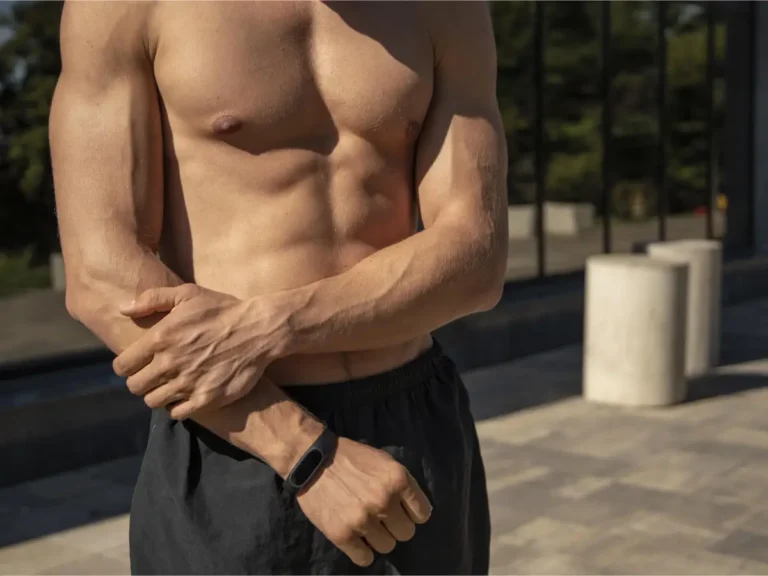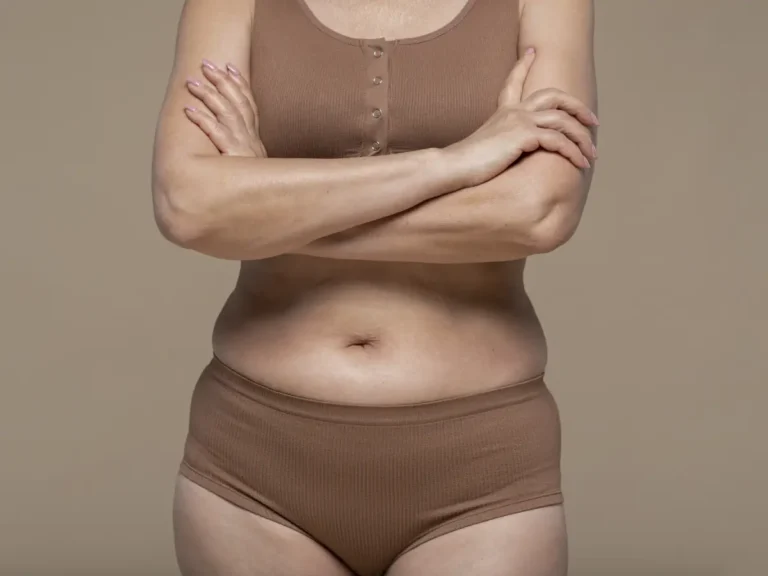Sometimes, patients complain of dog ears at the incision site after a tummy tuck. While certainly not common, dog ears after a tummy tuck are not uncommon. Fortunately, they are also a fairly minor problem. While they can detract from the appearance of your newly sculpted abdomen, they are not painful or a cause for concern.
An experienced surgeon can minimize the likelihood of this occurring, and the good news is that dog ears can be easily corrected. With Medconsulto, find out more about dog ears after tummy tuck and how to treat them.
What causes dog ears after tummy tuck surgery?
Sometimes after a tummy tuck incision has healed, there is a small piece of skin or fat that hangs over the edge of the incision, creating the appearance of dog ears. Sometimes called standing cones, dog ears are a known potential complication when surgical incisions require an asymmetrical or elliptical cut, as in a tummy tuck.
There are several factors that can contribute to the development of dog ears after a tummy tuck. These include:
1. Insufficient skin removal
One of the most common causes of dog ears after a tummy tuck is insufficient skin removal. If the surgeon does not remove enough skin from the abdominal area, excess tissue can collect and form folds at the ends of the incision lines.
2. Poor incision placement
Poor placement of the surgical incision is also a factor contributing to the development of dog ears. If the incision line is not placed correctly, excess skin may be left at the ends, resulting in the formation of dog ears.
3. Insufficient tension on the incision line
Proper tension on the incision line is essential to the success of a tummy tuck surgery. If the tension is too loose, excess skin may collect and form dog ears. If the tension is too tight, the incision line may stretch and become more noticeable.
4. Incorrect wound closure
The way the incision line is closed can also contribute to the formation of dog ears. If the wound is closed too tightly or not aligned properly, excess skin may gather and form folds.
How to fix dog ears without revision surgery?
Dog ears may become visible shortly after surgery or may take several months to appear.
Once your dog’s ears are confirmed, is there anything that can be done to get rid of them? Yes, massaging your dog’s ears can have some positive effect, especially if there is surgical swelling, and losing weight can also help your dog’s ears.
If these solutions don’t apply, a secondary revision surgery can easily take care of your dog’s ears. Excess skin is removed, and liposuction is used to remove any excess fat that remains.
The revision can often be performed using local anesthesia rather than general anesthesia, ensuring an easier recovery than the initial upper surgery, as well as lower costs.
What is the recovery time for dog ear revision surgery?
Getting your dog ears tummy tuck recovery started is crucial. Following specific care routines will help speed up your recovery and improve your results.
Recovery Timeline After Tummy Tuck
The recovery time after revision dog ears after tummy tuck is shorter than the first surgery. Most people can return to normal activities within a week, but with some care. It is important to follow your surgeon’s advice to prevent problems.
Explore Similar Health Concerns: Panniculectomy vs Tummy Tuck
Post-Surgery Pain Management
Managing pain immediately after surgery is crucial. Over-the-counter pain relievers are often sufficient. However, it is wise to talk to your healthcare provider about the best pain relief plan for you.
Ensuring Optimal Cosmetic Improvements
Regular checkups are essential to looking and feeling healthy after a tummy tuck. Surgeons carefully monitor your recovery and can quickly fix any problems. So keep an eye on your recovery and talk to your surgeon if you notice anything unusual.
How to prevent dog ears after abdominoplasty?
Preventing dog ears after tummy tuck surgery starts with choosing the best skilled and experienced surgeon. A qualified surgeon will understand the factors that contribute to the development of dog ears and take careful steps to minimize the risks.
During your consultation, your surgeon will carefully examine your abdominal area and discuss your goals for the procedure. He or she may recommend different techniques or specific incision locations to minimize the risk of dog ears. Additionally, he or she may use additional techniques such as liposuction or removal of excess skin to ensure a smooth, even result.
Another important factor in preventing dog ears after a tummy tuck is maintaining an ideal, healthy weight. Significant weight gain or loss after surgery can affect the results and increase the risk of complications, including dog ears.
FAQ
How can liposuction help fix dog ears after tummy tuck?
Liposuction removes excess fat that contributes to dog ears by removing fatty deposits directly from areas near the tummy tuck incisions. This targeted fat removal prevents skin creases from forming at the ends of the scar.
Do all tummy tuck surgeries result in dog ears?
Not everyone gets dog ears after a tummy tuck. Everyone’s skin is different, so the healing process varies from person to person. The elasticity of your skin and the amount of excess skin you had before surgery may also affect whether or not you get dog ears.
Non-surgical options for fixing dog ears after tummy tuck
Steroid injections may be used to reduce inflammation and shrink excess tissue causing the dog’s ears to bulge. This treatment is usually used in conjunction with revision surgery or liposuction for best results.
Why do dog ears happen even after a successful tummy tuck?
Proper tension on the incision line is essential to the success of your tummy tuck surgery. If the tension is too loose, excess skin may gather and form dog ears.





